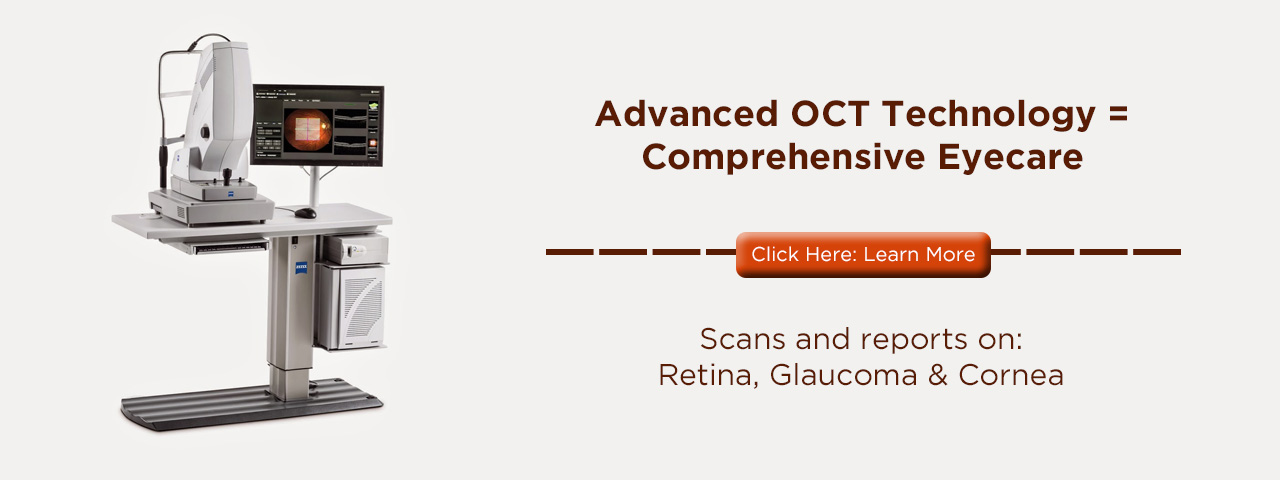Unfortunately, many people are not informed about the impact diabetes can have on your eyes. Diabetes is a metabolic disease that causes elevated blood sugar levels either because of insufficient production of insulin or because the body's mechanism to make use of insulin is disrupted.
Diabetes can damage your eyes in a number of ways, especially when the disease is not being treated.
Diabetic retinopathy is one of the primary causes of blindness in adults. This condition results when increased glucose levels cause the retinal blood vessels in the retina to suffer blockages. The blockages lead to blood vessel leakages causing irreparable retinal damage. In many instances a process called neovascularization occurs in which new blood vessels grow on the surface of the retina, which may also leak, causing further damage.
The retina is the light-sensitive tissue located at the back of the eye, which is essential for proper vision. Retinal damage can result in irreversible blindness. While controlling diabetes can reduce the likelihood of developing diabetic retinopathy, it does not eliminate the risk and this is why it is strongly recommended to have an annual retinal exam.
Daily changes in glucose levels, which are common in cases where diabetes is not controlled, can affect the crystalline lens of the eye. Because glucose levels have an impact on your lens's ability to focus, this can result in blurred vision that changes with blood sugar levels.
Individuals with diabetes are more likely to develop cataracts, a condition in which the lens of the eye becomes clouded, which impacts vision. Cataracts are a common condition that comes with aging, but develops earlier in life in diabetics.
Glaucoma, which is a result of elevated interoptic fluid pressure, can cause blindness. People with diabetes are twice as likely to develop glaucoma.
Having your diabetes in control is the best form of prevention for any of the diabetic eye diseases. As well as controlling levels of glucose through proper nutrition and/or insulin, it's important to exercise and refrain from smoking. Since eye damage is often not noticeable until damage has occurred it is imperative to schedule yearly eye exams with an optometrist to detect any possible damage as early as possible. While often vision loss caused by any of these conditions cannot be reversed, further loss of sight can be slowed by early diagnosis.

